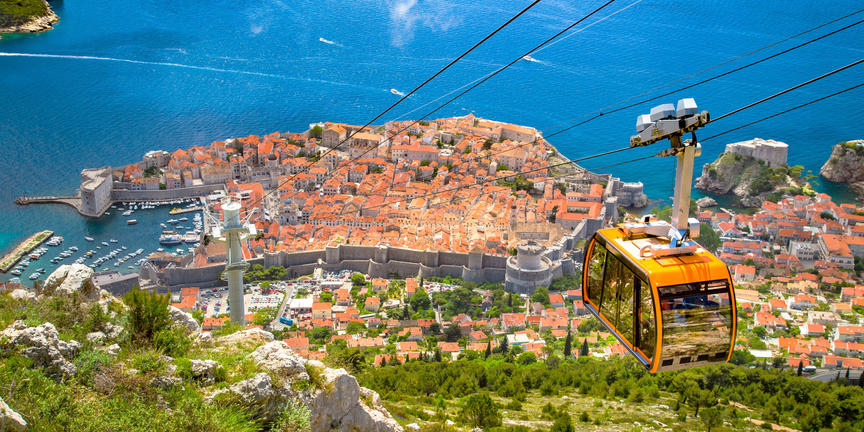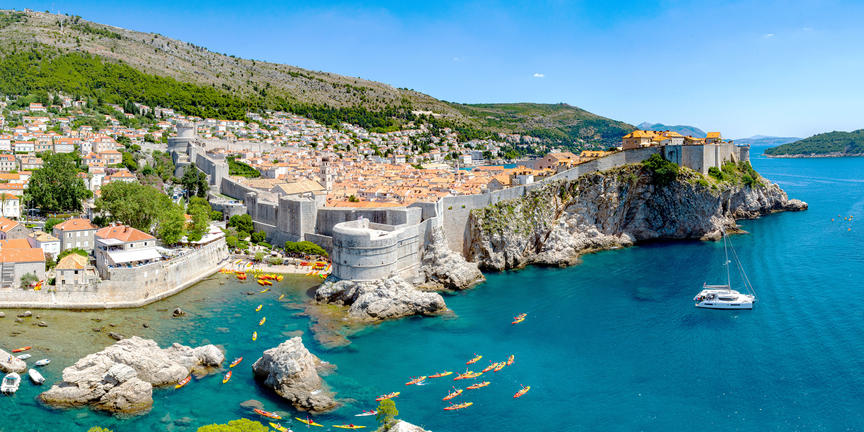At the foot of Mount Medvednica, on a plain overlooking the Sava River, lies Zagreb, Croatia's vibrant capital city. The city boasts a charming medieval old town with some impressive 18th- and 19th-century Austro-Hungarian architecture and lovely cafe-lined cobbled streets. While the Upper Town is the site of the Gothic, twin-spired Zagreb Cathedral and the 13th-century St. Mark's Church, the Lower Town area contains the city's main square as well as some excellent shops, parks, galleries and more museums per square foot than any other city in the world. When it comes to drinking and dining, visitors are spoiled for choice with the area's ever-increasing amount of chic bars and top-class restaurants.


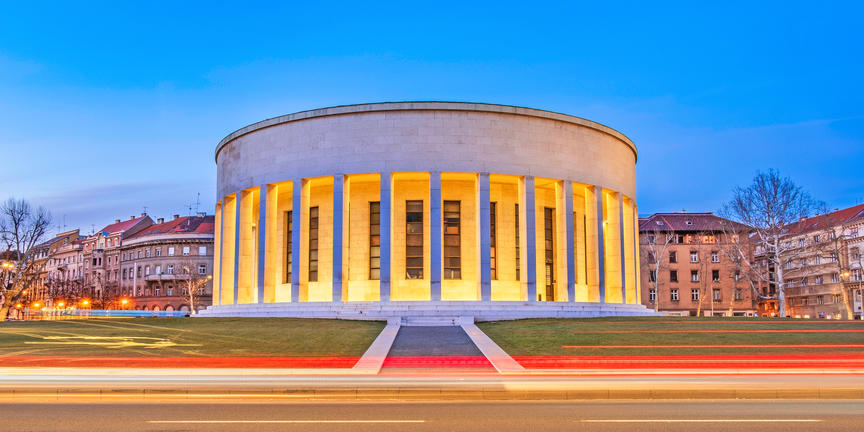







Split, the second largest town on Croatia’s Dalmatian Coast, is famed for its exquisite beaches and the fortress-like complex at its centre - Diocletian's Palace, erected by the Roman emperor in the 4th century. Once home to thousands, this sprawling UNESCO World Heritage site is encircled by white stone walls and contains some lovely courtyards lined with an array of galleries, shops, bars, cafes, cathedrals, and several historical houses. Add to this an impressive backdrop of dramatic coastal mountains and the glistening waters of the Adriatic, and it is not difficult to see why the locals frequently claim that theirs is, "The most beautiful city in the world".
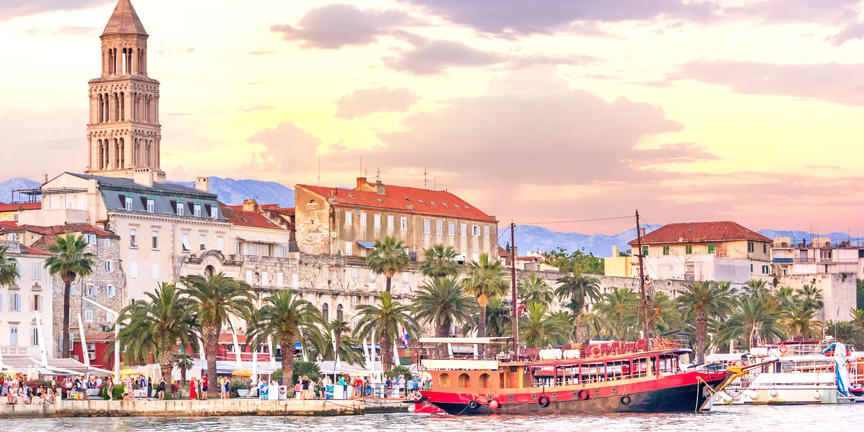
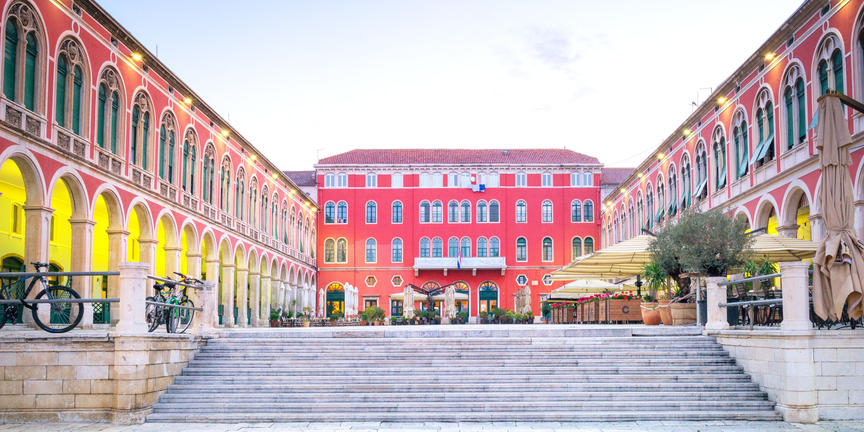

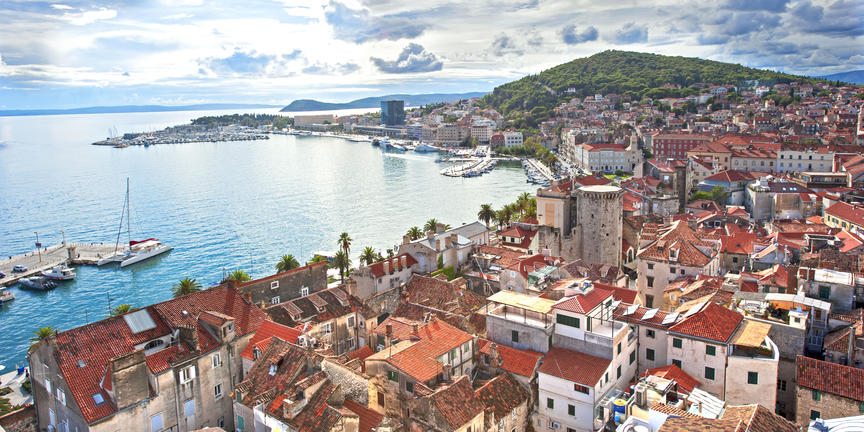
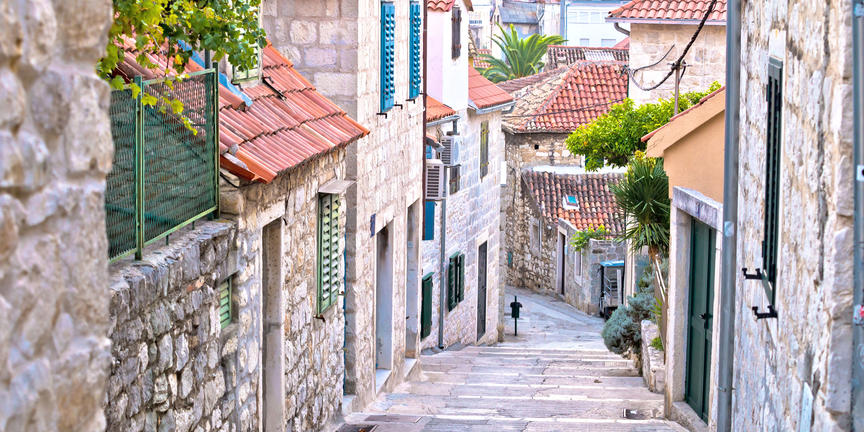
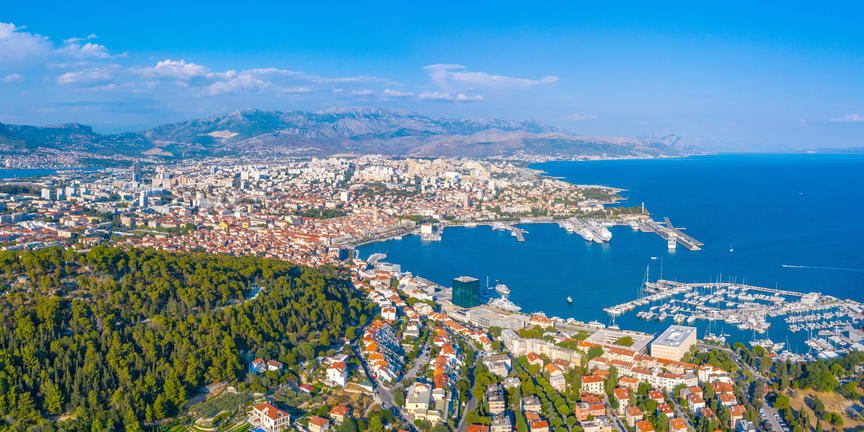
As previously described






Surrounded by the turquoise waters of the Adriatic Sea, Vis Island is a small but enchanting Croatian island which rests off the Dalmatian Coast. This captivating bohemian getaway boasts exquisite beaches, charming architecture, phenomenal seafood restaurants, and fascinating museums, of which the Issa Archeological Museums, housed in a nineteenth-century Austrian fortress, is among the most iconic. Major drawcards of this serene oasis include the bustling coastal town of Komiza, the historically rich town of Vis, and the towering Hum hill - the highest and most magical mountain peak on the island offering specular hiking routes. An adventure seekers’ playground and a nature lovers’ dream, the crystal-clear, marine-filled waters can be enjoyed while snorkelling and diving; while the breathtakingly beautiful Blue Caves can be explored during a wonderful guided boat tour.


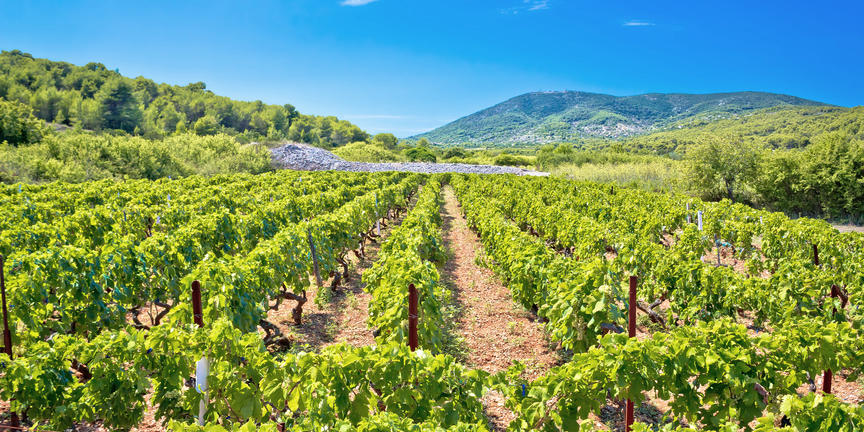
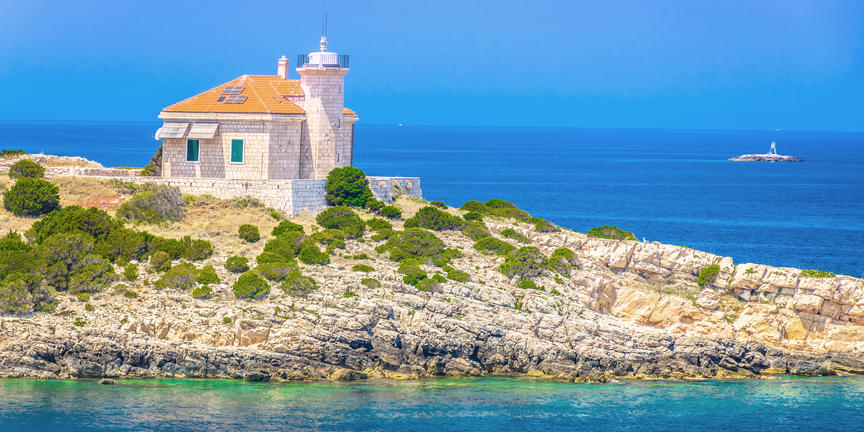
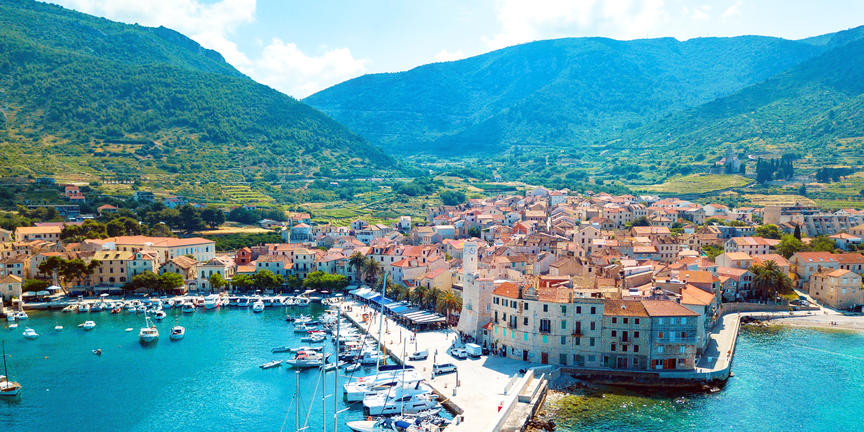
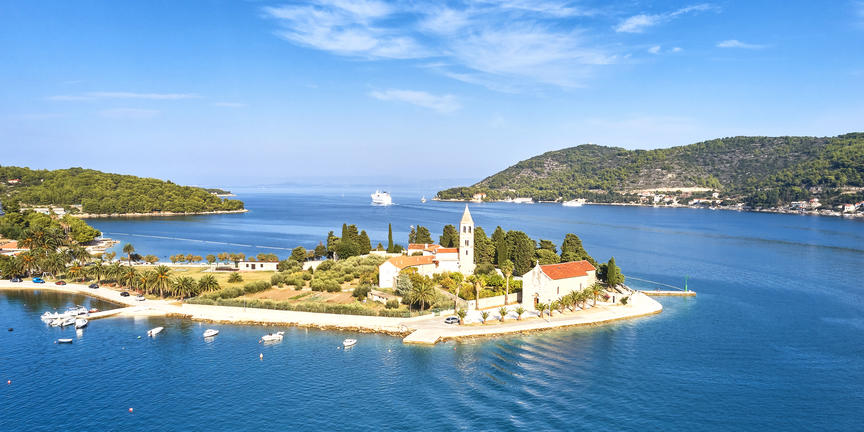
Situated in the Adriatic Sea just off the coast of Croatia, the sun-drenched island of Hvar is a popular summer destination known for its spectacular landscape of lush rolling hills, hidden coves, and secluded beaches. The island’s hillsides are swathed in olive groves, lavender fields, and cultivated vineyards which produce excellent wines. The main town, also called Hvar, is a glitzy playground boasting vibrant nightlife, swanky bars, and elegant restaurants. For visitors looking for some serenity, the rest of the island is dotted with quaint fishing villages featuring magnificent medieval architecture. Numerous adventure activities are also on offer, including kayaking, snorkeling, scuba diving, caving, and boating.

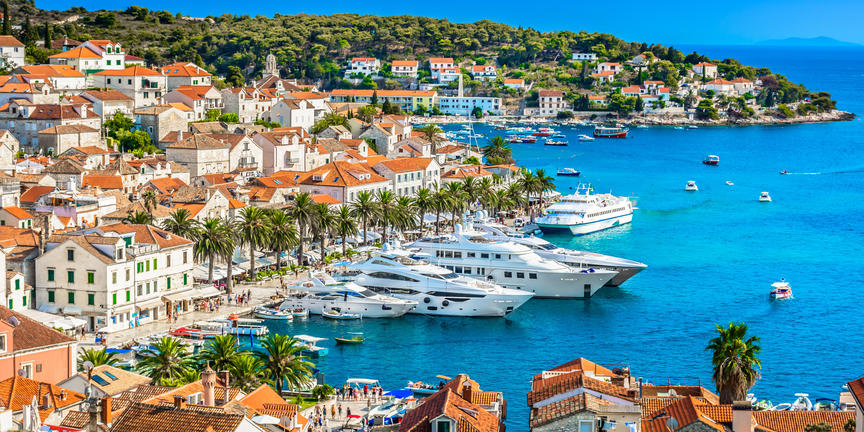
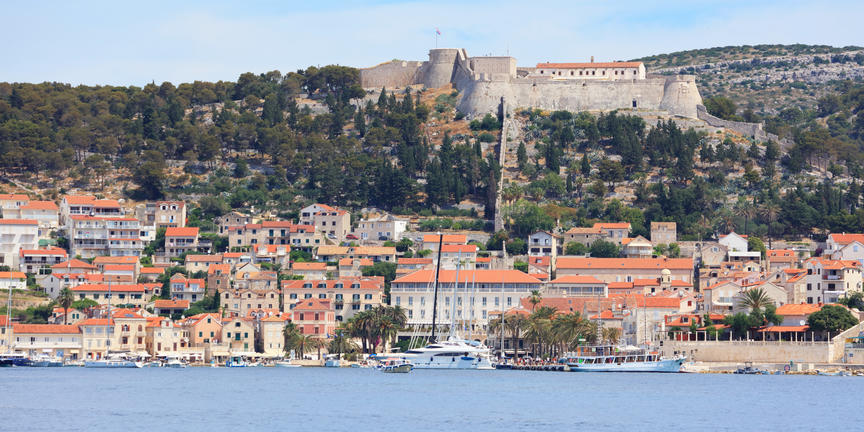
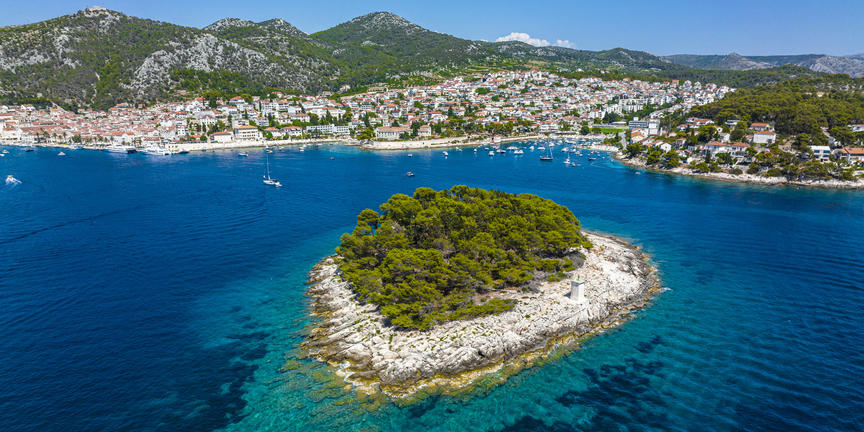
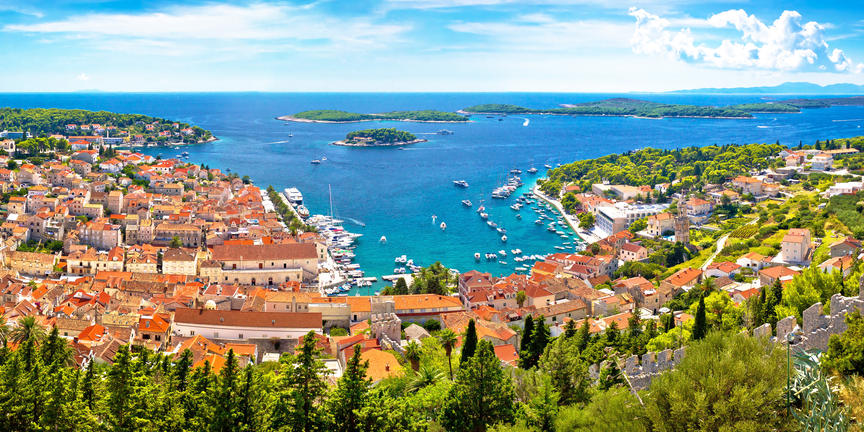
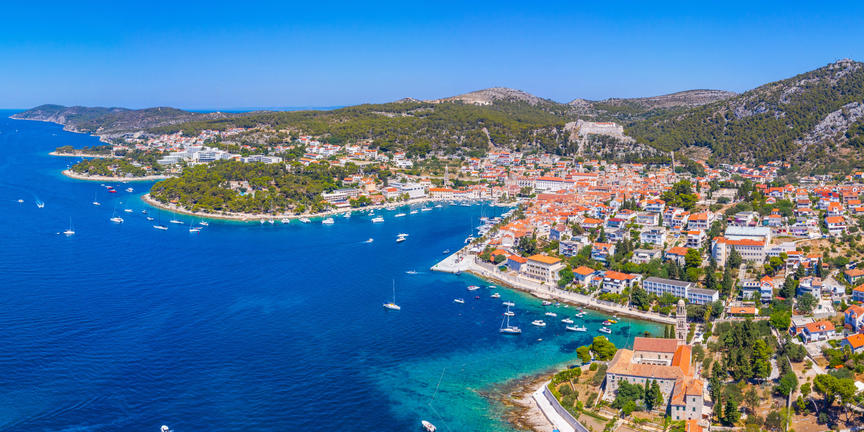
Dotting the Adriatic Sea off the Peljesac Peninsula of Croatia, the island of Korcula is best known for its dense forest. One of Korcula’s unusual claims to fame is that it is said to be the birthplace of the Venetian merchant and adventurer, Marco Polo. Visitors can enjoy a wide selection of wonderful activities including: exploring the medieval architecture in the town of Korcula, discovering the beaches of Vela Przina and Pupnatska Luka, or jumping on a yacht excursion to explore the nearby island of Hvar. Other popular activities include: biking tours, sightseeing, hiking, sailing, windsurfing, sea kayaking, diving, snorkelling and paragliding.
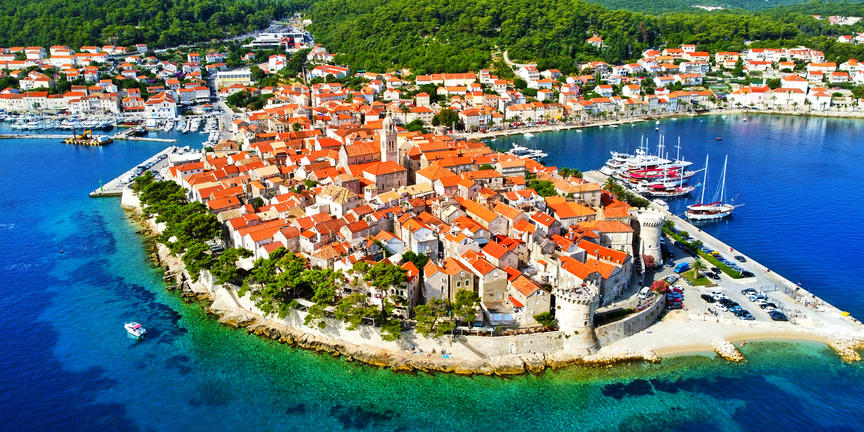

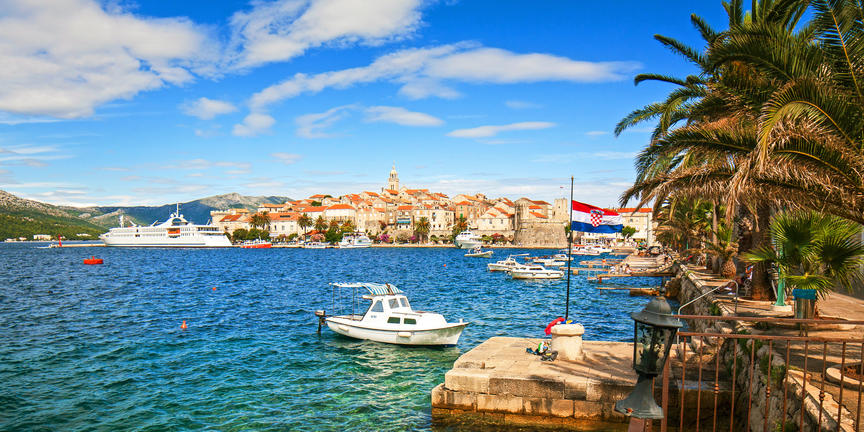
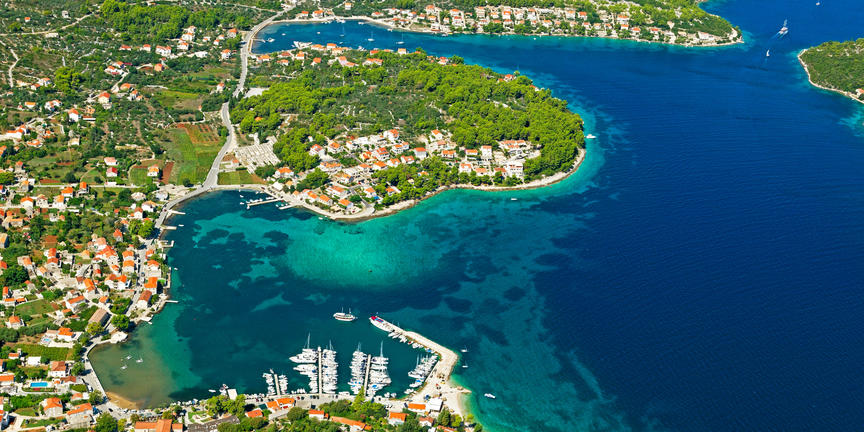
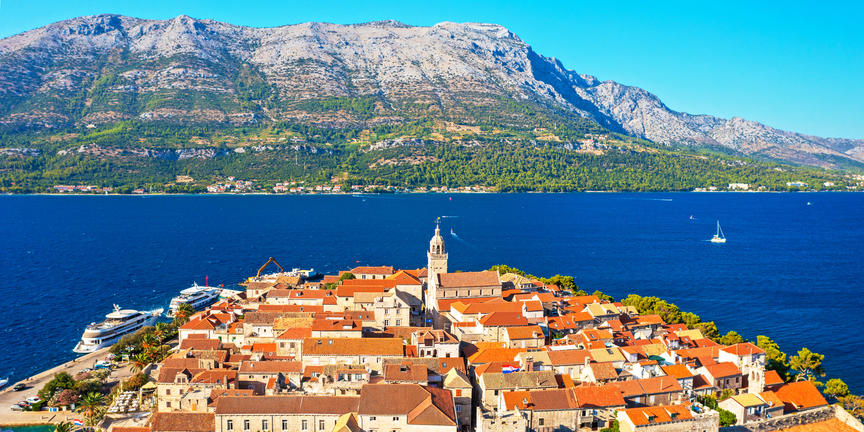
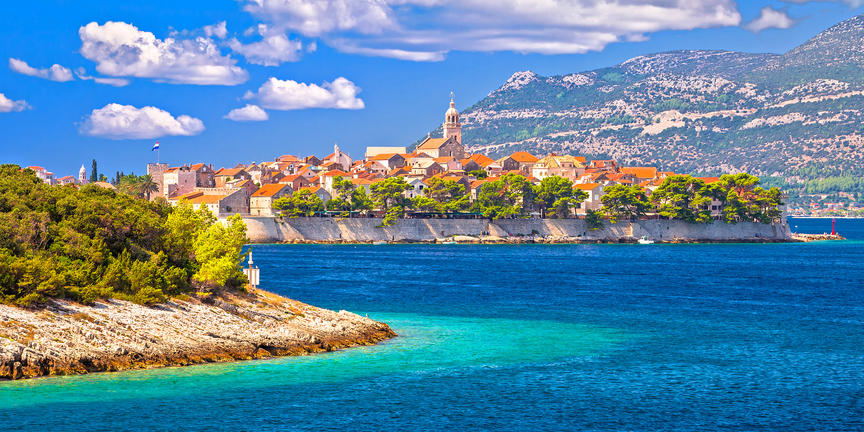
Mljet is a green island in the Adriatic archipelago of Croatia’s Dalmatia region. Considered one of the most alluring of the group, it is characterised by its lush Mediterranean forest and long shores lapped by clear waters rich in underwater life. The island is home to two beautiful salt lakes - Veliko Jezero and Malo Jezero. In the waters of Veliko Jezero, St. Mary’s Island hosts the renowned 12th-century Benedictine Monastery, one of the oldest church complexes in the Adriatic, and a significant representative of Croatia’s Romanesque culture. The lakes and the entire north-west part of the island are encompassed by a national park, providing excellent hikes up the hills. It is also possible to rent both bicycles and kayaks. The sheltered and sunny beaches at the Eastern tip of the island offer year-round warm waters, beachside restaurants and idyllic accommodation options.






Located northwest of Dubrovnik, Slano is a village in southern Croatia. It is one of the most picturesque places of the Dubrovnik Riviera. Dating back to prehistoric times, Slano boasts a rich history as well as unique gastronomy, rich cultural heritage and the beautiful landscapes of the south Dalmatia. Visitors can look forward to viewing the Greek and Roman ruins and monuments, including the early Christian sarcophagi, the Roman castrum at the Gradina Hill and the 15th-century Franciscan Church in the heart of town. Slano offers beautiful beaches under the shade of trees, a wide range of sports activities, inviting restaurants, local taverns, trendy coffee bars, beautiful natural landscapes and crystalline waters. Don’t miss the opportunity to explore the Elaphite islands, thePeljesac Peninsula, the island of Mljet, the delta of Neretva river and the ancient town of Dubrovnik.
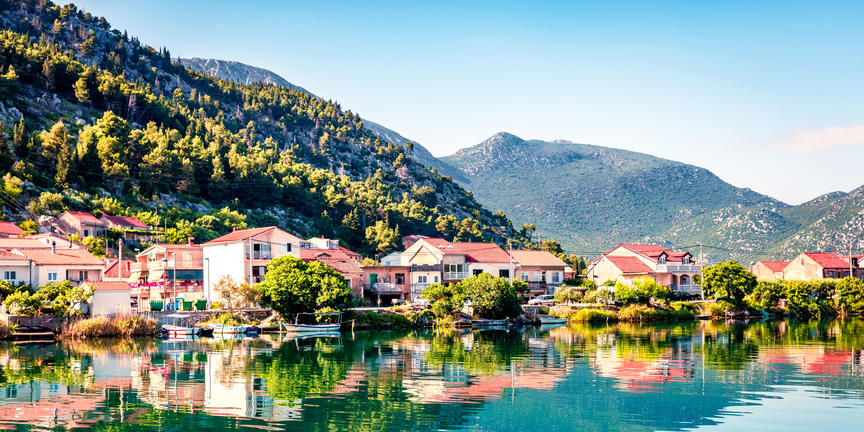
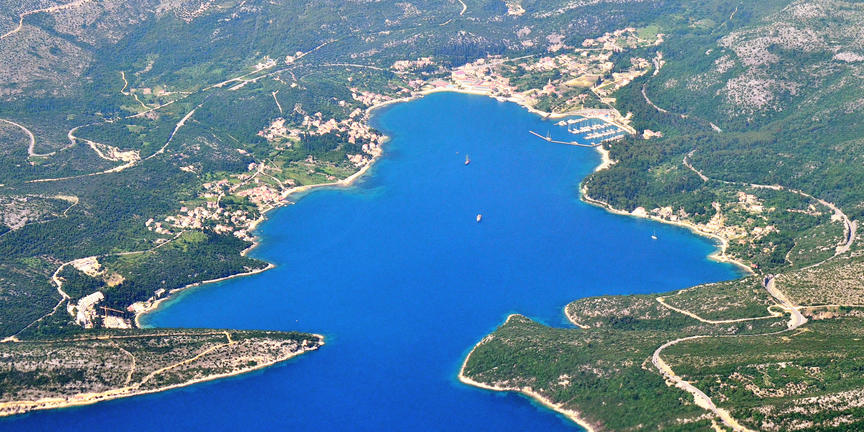
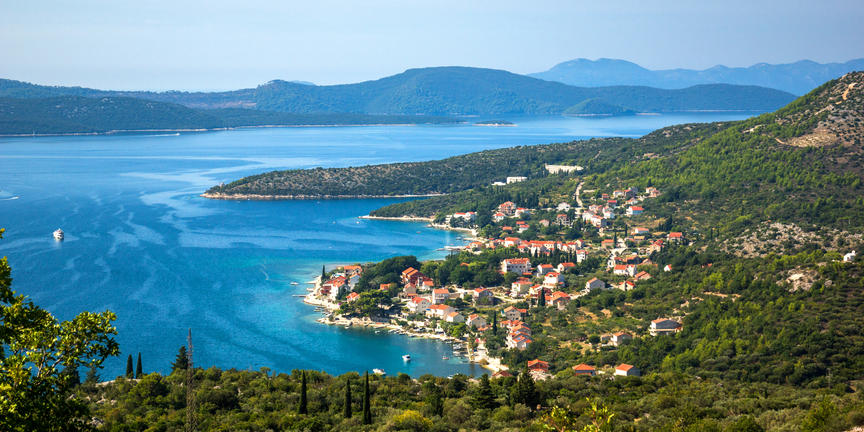
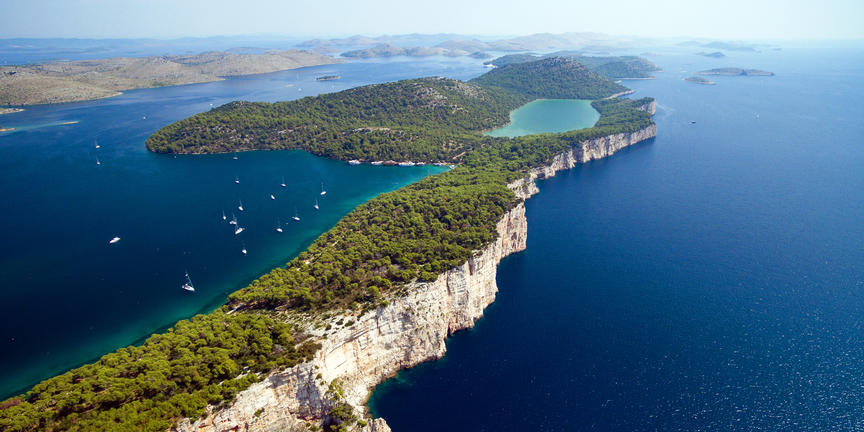
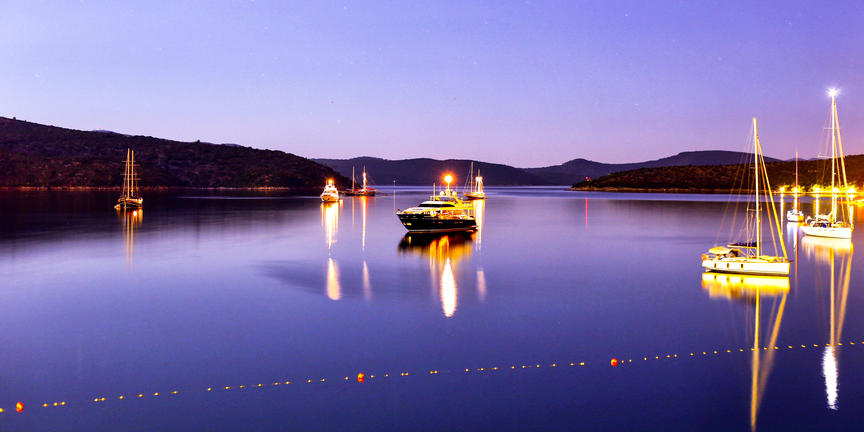
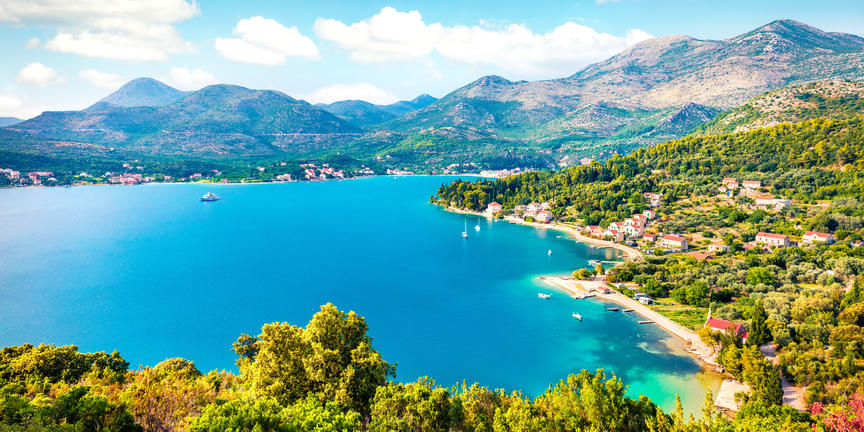
Dubrovnik is a well-preserved historical city in southern Croatia, known for its distinctive 16th century Old Town, encircled with massive stone walls. After a disastrous earthquake in 1667, the medieval town was rebuilt by Baroque planners and the city’s historic core seems to have been suspended in time ever since. Set-piece churches and public buildings blend seamlessly with green-shuttered stone houses, forming a perfect ensemble relatively untouched by the twenty-first century. Its impressive buildings range from the Baroque St. Blaise Church to the Renaissance Sponza Palace and the Gothic Rector’s Palace, which is now a history museum. Add to this a few exquisitely manicured gardens and some panoramic views of the Adriatic, and it is not difficult to see why Dubrovnik has long been Croatia’s most popular tourist destination.


